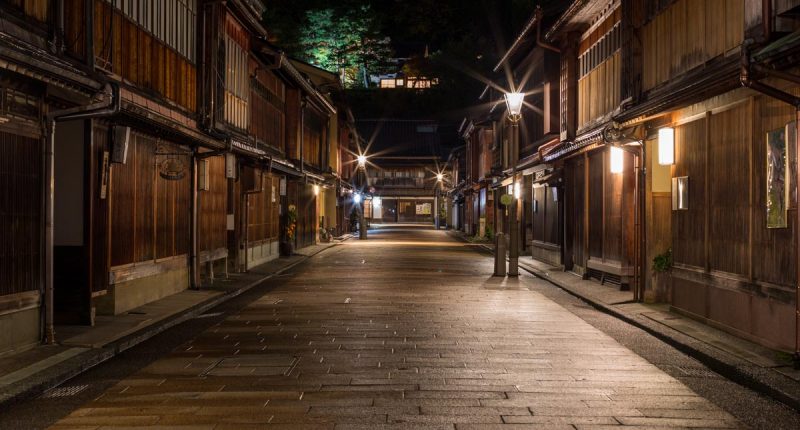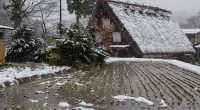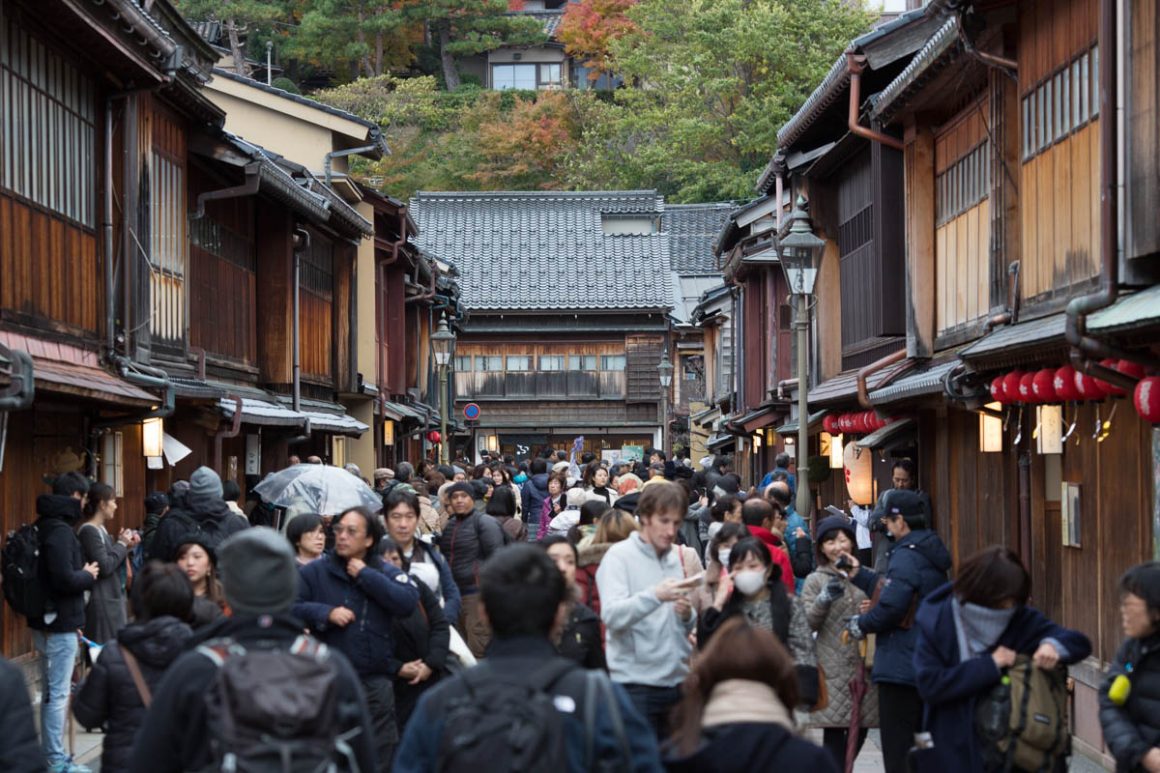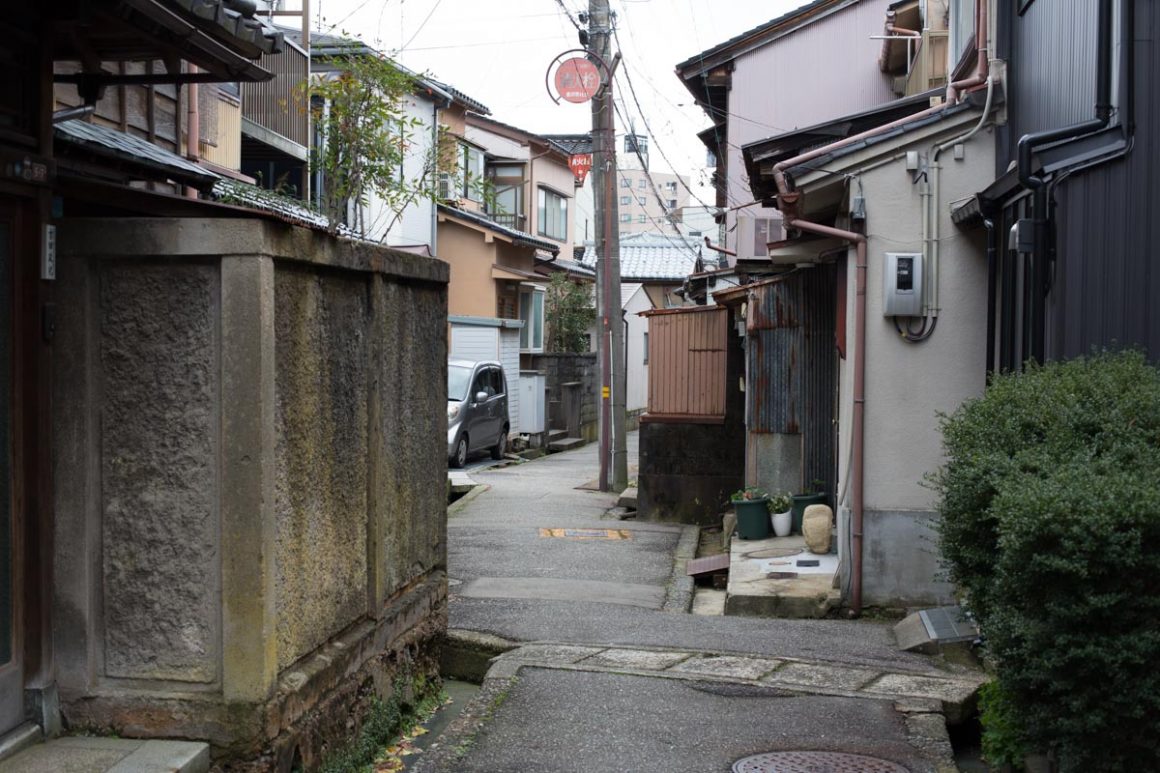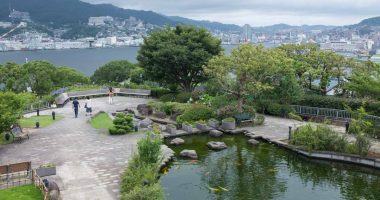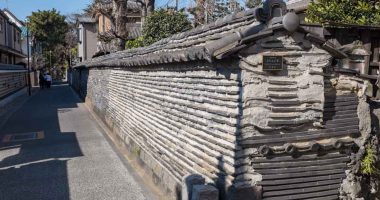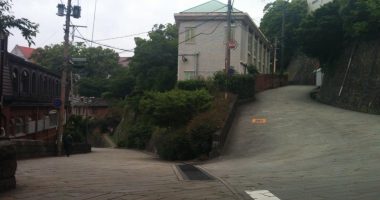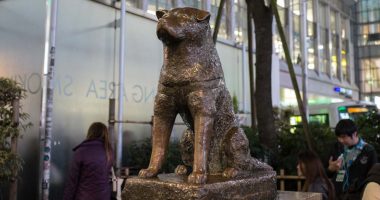Although “chaya” (茶屋) literally means teahouse, they were actually establishments during the Edo period where guests would go to be entertained by geisha. They congregated in what are more often referred to as the “pleasure quarters” and Kanazawa has three of these chaya districts—Higashi Chayagai (ひがし茶屋街), Nishi Chayagai (にし茶屋街) and Kazuemachi (主計町)—but of these Higashi Chayagai is the largest and the most popular with visiting tourists. The photograph down the main street is another iconic shot of Kanazawa, and probably the image most used in travel guide books for the city.
You May Also Like
Kannonji Temple: Tsuji-Bei Wall
As you wander the streets of Yanesen, make a detour via this mud and tile wall. Built in the latter half of the Edo period, this 40m x 2m section has managed to survive the natural disasters and air raids, and today stands as a perfect representation of how the city would have been divided up in times gone by.
